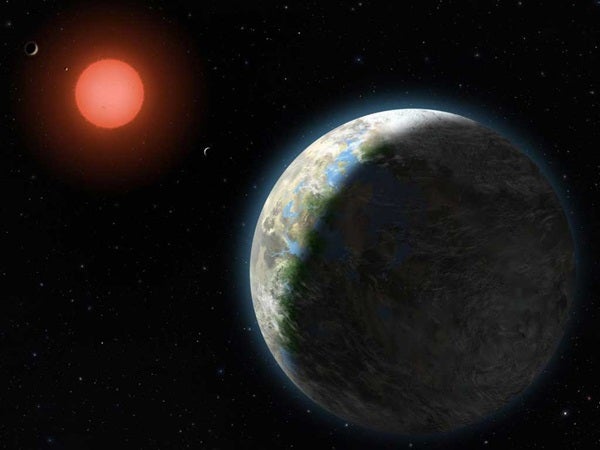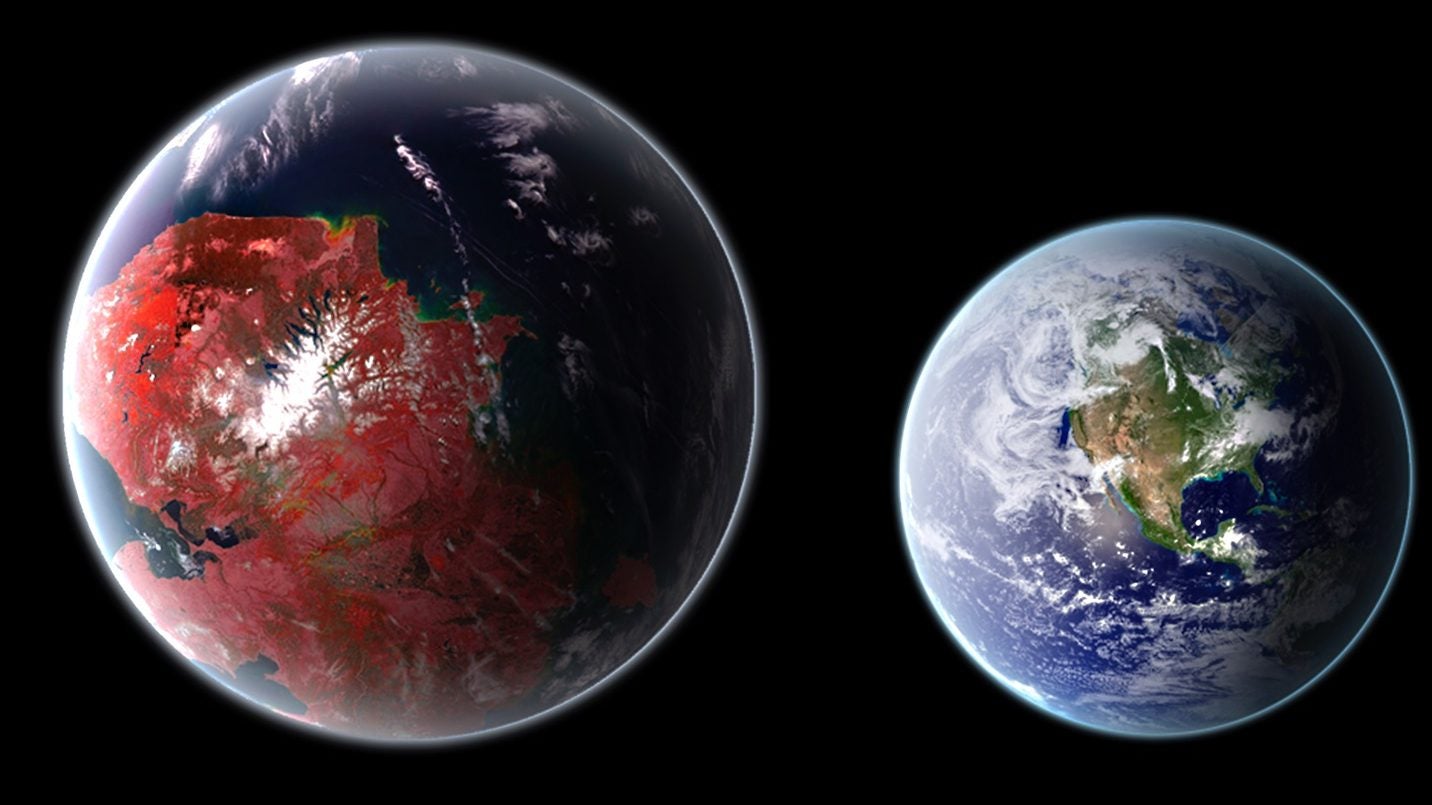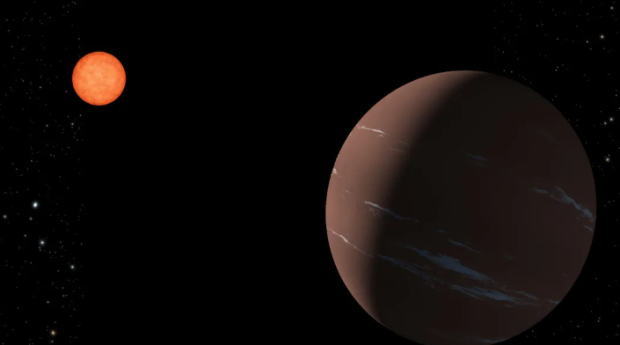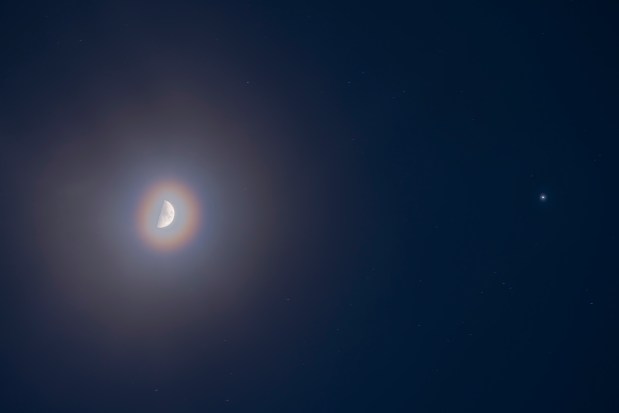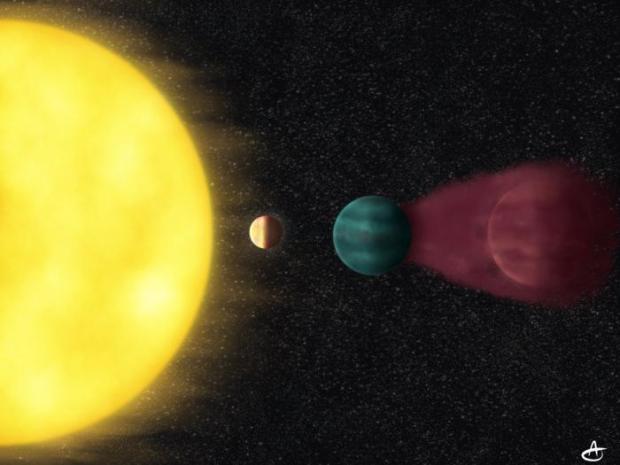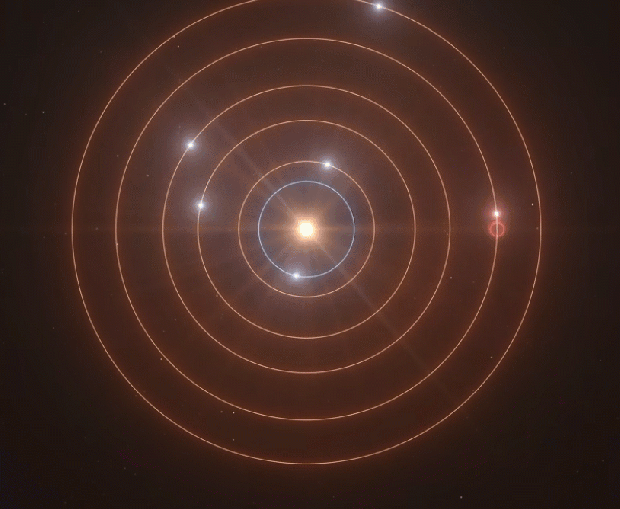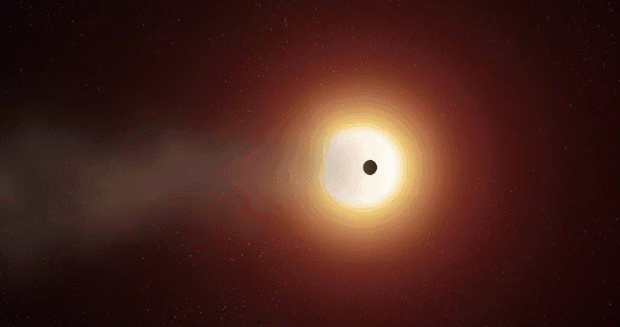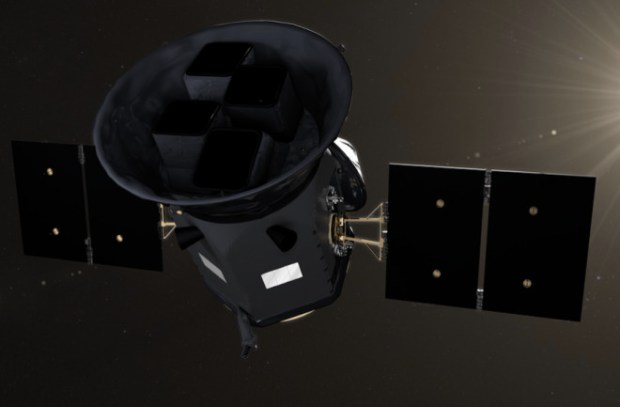Researchers at the University of Chicago and Northwestern University in Illinois based their study on rigorous computer simulations of cloud behavior on alien planets. This cloud behavior dramatically expanded the habitable zone of red dwarfs, which are much smaller and fainter than stars like the Sun.
Current data from NASA’s Kepler mission, a space observatory searching for Earth-like planets orbiting other stars, suggest there is approximately one Earth-sized planet in the habitable zone of each red dwarf. The University of Chicago-Northwestern study now doubles that number.
“Most of the planets in the Milky Way orbit red dwarfs,” said Nicolas Cowan from Northwestern’s Center for Interdisciplinary Exploration and Research in Astrophysics. “A thermostat that makes such planets more clement means we don’t have to look as far to find a habitable planet.”
The formula for calculating the habitable zone of alien planets — where they can orbit their star while still maintaining liquid water at their surface — has remained much the same for decades. But the formula largely neglects clouds, which exert a major climatic influence.
“Clouds cause warming, and they cause cooling on Earth,” said Dorian Abbot from the University of Chicago. “They reflect sunlight to cool things off, and they absorb infrared radiation from the surface to make a greenhouse effect. That’s part of what keeps the planet warm enough to sustain life.”
A planet orbiting a star like the Sun would have to complete an orbit approximately once a year to be far enough away to maintain water on its surface. “If you’re orbiting around a low-mass or dwarf star, you have to orbit about once a month, once every two months to receive the same amount of sunlight that we receive from the Sun,” Cowan said.
Tightly orbiting planets
Planets in such a tight orbit would eventually become tidally locked with their sun. They would always keep the same side facing the sun, like the Moon does toward Earth. Calculations of the team indicate that the star-facing side of the planet would experience vigorous convection and highly reflective clouds at a point that astronomers call the substellar region. At that location, the sun always sits directly overhead at high noon.
The team’s 3-D global calculations determined for the first time the effect of water clouds on the inner edge of the habitable zone. The simulations are similar to the global climate simulations that scientists use to predict Earth’s climate. These required several months of processing, running mostly on a cluster of 216 network computers at the University of Chicago. Previous attempts to simulate the inner edge of exoplanet habitable zones were one-dimensional. They mostly neglected clouds, focusing instead on charting how temperature decreases with altitude.
“There’s no way you can do clouds properly in one dimension,” Cowan said. “But in a 3-D model, you’re actually simulating the way air moves and the way moisture moves through the entire atmosphere of the planet.”
These new simulations show that if there is any surface water on the planet, water clouds result. The simulations further show that cloud behavior has a significant cooling effect on the inner portion of the habitable zone, enabling planets to sustain water on their surfaces much closer to their sun.
Astronomers observing with the James Webb Telescope will be able to test the validity of these findings by measuring the temperature of the planet at different points in its orbit. If a tidally locked exoplanet lacks significant cloud cover, astronomers will measure the highest temperatures when the dayside of the exoplanet is facing the telescope, which occurs when the planet is on the far side of its star. Once the planet comes back around to show its dark side to the telescope, temperatures would reach their lowest point.
But if highly reflective clouds dominate the dayside of the exoplanet, they will block a lot of infrared radiation from the surface, said Jun Yang, also from the University of Chicago. In that situation, “You would measure the coldest temperatures when the planet is on the opposite side, and you would measure the warmest temperatures when you are looking at the night side because there you are actually looking at the surface rather than these high clouds,” Yang said.
Earth-observing satellites have documented this effect. “If you look at Brazil or Indonesia with an infrared telescope from space, it can look cold, and that’s because you’re seeing the cloud deck,” Cowan said. “The cloud deck is at high altitude, and it’s extremely cold up there.”
If the James Webb Telescope detects this signal from an exoplanet, Abbot said, “It’s almost definitely from clouds, and it’s a confirmation that you do have surface liquid water.”

